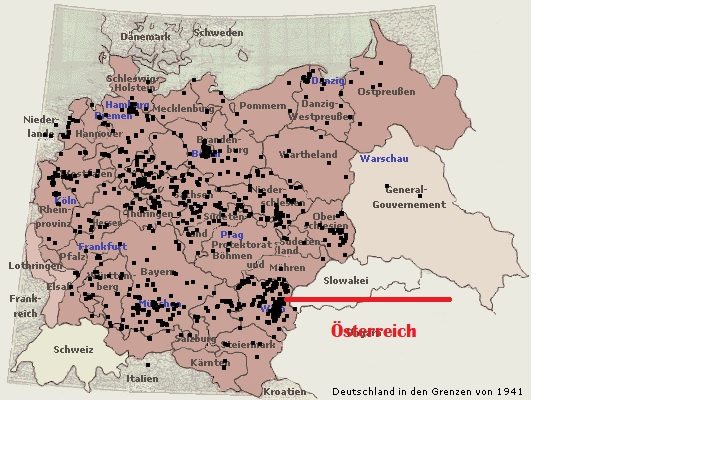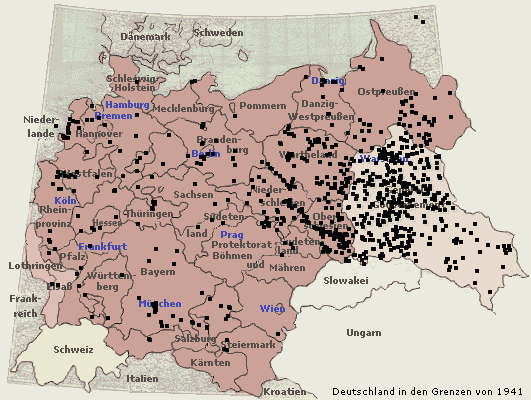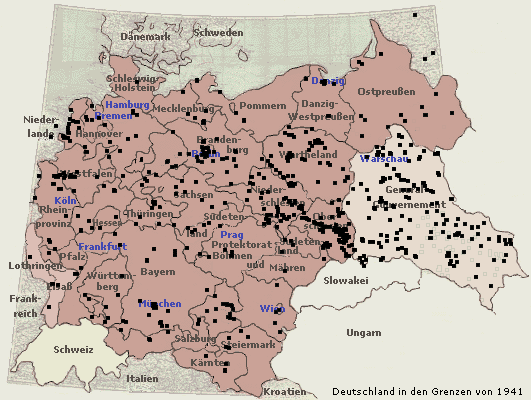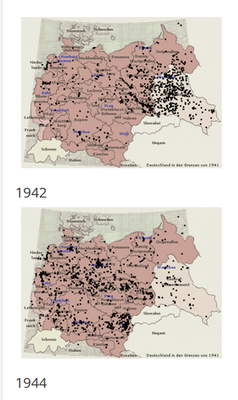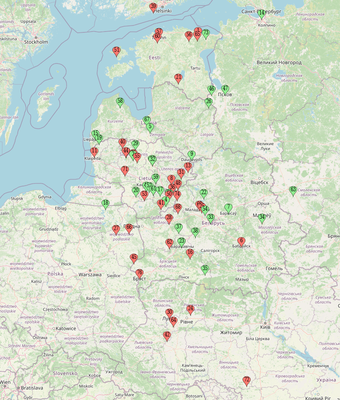Iris wrote:Archie wrote:Iris,
Where are you going with all of this? I can't tell what you're trying say.
Well Archie, to begin, take a look at this:hypothesis
noun
an assumption or concession made for the sake of argument
Now look at this:Butterfangers:The hypothesis being put forth is that the question of "where did Jews [sent to Treblinka II] go" is perhaps irrelevant (or less relevant) as it can be argued that a majority of them never arrived at TII in the first place... Many or most, it would seem, departed at various labor camps along the way... There were stops all along that route... The topic I have raised here is the question of, what proportion of Jews---of those sent out of the ghettoes onto a train with the final destination listed as "Treblinka"---actually ever made it to Treblinka II at all... I cannot prove where anyone did or did not disembark from the trains, I can only say that evidence strongly suggests many (if not most) of them disembarked before ever getting as far as Treblinka.
What PR and BF want to do here is ague their assumptions that are based on circumstantial evidence, but they want to present those as statements of fact. When challenged to clarify if their numerous statements of fact are in fact proven truths, they intentionally obfuscate and dodge. (Notice how they both (?) have the same habit of mixing in 'may" and "it would seem" and "possibly" and "one could argue" and "strongly suggests," etc. with their statements of fact.)
So "where I'm going with this" Archie, is to try and keep these two honest by keeping this discussion in the realm of honest and open debate and not let it devolve into an argument based on circumstantial evidence and assumptions. I want to establish a foundation of proven facts, but PR and BF are doing all they can to keep that foundation of truth from being built. Had they both been honest and didn't dodge so often, that foundation would have been built already. Why are they so afraid of establishing a foundation of proven facts? (Just look at all the simple questions that they both refuse to answer.)
Keep in mind, this is BF's OP:Please pardon the "NEW" in the title if I have somehow missed that this topic is already being discussed elsewhere in the forum but it was definitely new to me and I want to ensure it is brought further into the Revisionist sphere of discussion as it seems like a critical advancement on the topic of Treblinka and the AR camps and the looming question of "where did they [Jews] go?".
They want to talk about "where did the jews go" but refuse to answer the simplest questions on the subject:PR:It is impossible to say how many Jews actually set foot inside the TII camp.
Iris:PR, is it possible or impossible to say that at least one jew actually set foot inside the TII camp?
Again, if BF's own words:The topic I have raised here is the question of, what proportion of Jews---of those sent out of the ghettoes onto a train with the final destination listed as "Treblinka"---actually ever made it to Treblinka II at all
In order to answer that question, we have to avoid assumptions and focus on facts - which is what I'm trying to do.Archie:With circumstantial evidence the issue is that it easily blends and blurs with innuendo type of pseudo-evidence.
And that is exactly what PR and BF are trying to do here.
As I understood the OP, the hypothesis that has been introduced here, let's call it the Nazgul hypothesis, is based on a new source of evidence that most of us are not familiar with, the train schedules that show that the trains to "Treblinka" stopped along the route at various locations coinciding with labor camps. A secondary point is that "Treblinka" does necessarily have to refer to Treblinka II, the supposed extermination camp.
Introducing a hypothesis is a good way to stimulate further research and to invite others to provide additional evidence that might corroborate or undermine the hypothesis.
From this thread, I gather that you strongly object to the Nazgul hypothesis, but the substance of your disagreement isn't clear. Based on the parts you highlighted, you seem annoyed that the language used in this thread was not entirely consistent because there were weaker terms (hypothesis, it would seem, etc) used in along with "strongly suggests," which is more definite. To me that is a fairly trivial objection. It's the sort of thing that an editor might point out before something gets published. Here on the forum, it's not something to get hung up on for seven pages.
If you have a strong disagreement with the Nazgul hypothesis, then you should write up a rebuttal where you raise specific objections and present the counterevidence. Then just post it and "drop the mic." No need for this, er, Socratic method or whatever it is you're trying to do.


